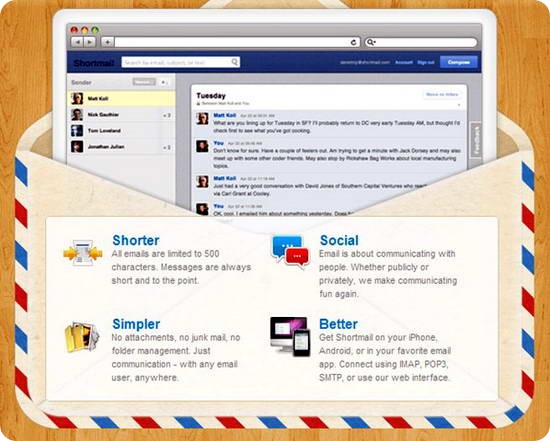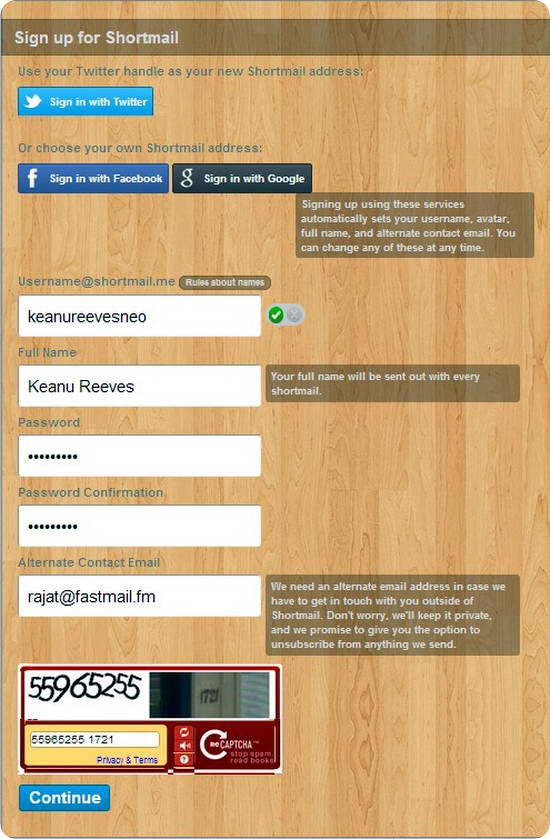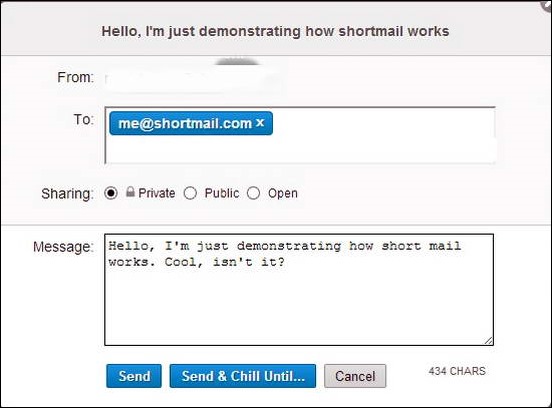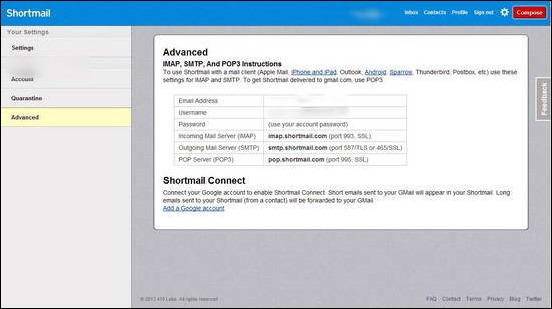You know, sometimes I miss the old days. I mean, who doesn’t miss the olden times, but I’m not talking about our childhood days, I’m talking about the old days of technology. Granted, change is something that defines the very nature of technology, but at times it becomes too much to get a grip on. Every technology these days just comes to the scene, only to be superseded by a superior one a week later. Whether it’s Web services, social networks, Computers, Cellphones or anything else, everything just keeps coming and going, paving way for something bigger (but not necessarily better).
But perhaps the one thing I miss the most is the old E-mail. In its not so early days, E-mail services (and their Web Interfaces) used to be simple. One would just compose an E-mail, add an attachment or two, and send the thing. It felt really satisfying when you checked your E-mail and found a nice simple textual reply waiting in your inbox, from that old friend of yours, or from a distant relative. It was perfect.
Then came this whole social networking, bulk mailings trend. And totally made a mess of E-mail services. These days, our E-mail inboxes look more like a dumping ground for all sorts of useless communication instead of methods of keeping in touch. In one of my previous articles, I even outlined how to “de-crapify” your inboxes in order to find only your way to the stuff that matters. But at times, even that seems time consuming and tedious. Today, ILFS will be reviewing a web service that just might help E-mail achieve its true purpose, to stay in touch. Read on to find out.
Say Hello to Shortmail
Shortmail is a really unique E-mail service. Its creators say it intends to make E-mail personal again. And in a way, it succeeds in doing that. Although Shortmail is unique and stands out from other E-mail services in almost every sense, the biggest difference that separates it from the lot is that Shortmail communications are always 500 characters long. This means that you are just given 500 characters to say whatever you want to say to your contact(s). Is it any wonder they picked the name Shortmail?
Before we go further, here’s a lowdown on why Shortmail thinks today’s E-mail services are not perfect for personal communications:
- Inboxes are cluttered. And it’s a pain to find that one important personal E-mail from the horde of newsletters we get everyday.
- Filled with junk mail.
- Crammed up with not so useful features like chat (not to mention those ugly Google hangouts), Social integration and what not.
.. I would have to say, but I agree completely with the above points. I absolutely hate it when I take a look at my Gmail inbox. Granted, I use it for unnecessary newsletters and notifications only, but still, you can’t deny that E-mail services are a mess these days.
So how does Shortmail rectify this mess?
Shortmail follows a simple rule to make E-mail personal E-mail. It restricts the users to say whatever they want to say in just 500 characters. Besides, the communications are just text. No attachments, no fancy built in chats, folders, labels or anything like that. It looks like a cross-breed of Twitter and IM, if you ask me.
I can keep talking about Shortmail’s features forever. But it’s time to take it for a spin. Let’s see how the service (Web UI) looks and feels in usage.
Step1 : Creating an Account. Here’s the signup screen. It’s a pretty standard affair. You can also use your twitter handle as your Shortmail username. Apart from that, you can also signup using your Google or Facebook ID. But we’ll create a Shortmail account straightforward. Fill up the information and hit the continue button.
Step2: And we’re done. You’re taken straight to your inbox after the signup completes. Take a look at the default UI. Gorgeous, isn’t?
As you can see, the left pane consists of your contacts. E-mails from Shortmail are grouped under System, and those from your friends and family are grouped under People. Clicking any contact in the left pane shows the conversation history between you and your contact in a card style interface. You can directly reply to a communication using the reply box embedded at the bottom of each conversation card.
Here’s how the compose box looks like. It opens up as a small popup. Clean, simple and minimalistic (Accessed through the red compose button on the top right).
The above compose box illustrates a few things, as explained below.
- You can send your Shortmail to any E-mail address, as long as it’s just 500 characters long.
- You can choose whether to share your Shortmail communication with people outside your contact list or not, by making it private or public. Open means it’s shareable by everyone.
Here’s the settings UI (Accessed by clicking the Gear icon on the top right).
The settings UI has the following options:
- Settings: Here you can choose your alternate contact E-mail. And connect your Evernote account to your Shortmail ID.
- Account: You can change your account password, or edit and add a picture to your Profile.
- Quarantine: Here, you can specify the accounts you don’t want to receive E-mails from.
- Advanced: This section gives you the POP/IMAP settings for your Shortmail account, so that you can access it from any of the popular E-mail clients.
Shortmail features: Summarized
- Clean, minimalistic UI featuring streamlined conversations of 500 characters or less.
- Ability to have your Twitter handle as your Shortmail username.
- Ability to fetch E-mails from Gmail. The E-mails that are longer than 500 characters are automatically truncated to that length.
- No Ads, Folders, Built in Chat or any other extraneous features like that.
- Full POP/IMAP/SMTP Support.
- SSL/TLS based Incoming and Outgoing mail encryption.
Conclusion
Shortmail presents a really new unique take on E-mail. It takes the trend popularized by SMS and Twitter that shorter conversations tend to be to the point, and builds on them to re-invent E-mail communication. By doing so, it takes E-mail back to its original purpose and tries to make it more personal. Though it may not be a standalone replacement for E-mail services like Outlook, Gmail and the likes, but then, it’s not meant to. It just tries to make personal E-mail conversations more meaningful by cutting out the extra stuff, and in that it succeeds fairly well. I believe services like Shortmail hold a lot of promise for the future, even more so when our inboxes are getting more and more cluttered with junk social network notifications, spam, newsletters and stuff like that. It may just be what the E-mail needs to do, to be personal again.
What do you guys think of Shortmail? Do you think it holds a lot of potential? Do let me know in the comments below.




